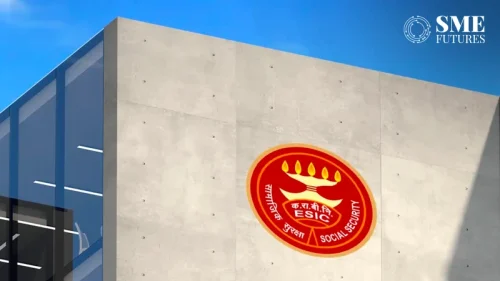Wholesale Price Index (WPI) is a crucial economic indicator that measures the average change in the price of goods at the wholesale level. It reflects the price fluctuations of a basket of goods before they reach the retail market. WPI is divided into three main categories: Primary Goods, Fuel & Power, and Manufactured Products. Understanding WPI is essential for businesses, policymakers, and consumers as it provides insights into inflationary trends and economic health.
Understanding WPI
The WPI is a macroeconomic metric used to monitor the price movement of goods traded in bulk. Unlike the Consumer Price Index (CPI), which measures retail inflation, WPI captures price changes from the perspective of wholesalers and manufacturers. It serves as an indicator of inflation at the wholesale level and helps in understanding the pricing dynamics across different sectors of the economy.
Components of WPI:
- Primary Goods: This includes raw materials such as agricultural products, minerals, and other commodities.
- Fuel & Power: This category covers energy-related products like coal, electricity, and petroleum.
- Manufactured Products: This encompasses goods produced through manufacturing processes, including food products, textiles, chemicals, and machinery.
Current Scenario: Rising WPI Inflation
As of June 2024, India has witnessed a steady rise in WPI inflation, increasing to 3.4% from 2.6% in May 2024. This rise follows a deflationary trend observed in the previous year, indicating a significant shift in wholesale price dynamics.
Suman Chowdhury, Chief Economist and Head of Research at Acuité Ratings, highlights the key factors behind this increase. “On expected lines, there has been a steady rise in the India WPI Inflation to 3.4% in Jun’24 from 2.6% in May’24 and a consistently deflationary environment in the previous year. High food inflation, which has been the key factor behind a firming up of CPI inflation, has also played a role in the rise of wholesale inflation,” he notes.
Chowdhury further explains that the inflation in manufactured goods turned positive since May 2024, standing at 1.4% in June 2024. Additionally, fuel and power inflation has been positive due to a moderate rise in commodity prices, especially crude oil, which has moved to the mid-80s in USD per barrel.
Vineet Agrawal, co-founder of Jiraaf, echoes this sentiment. “WPI will continue to increase slightly in June 2024 from May 2024 (2.6%). It is to be noted that the April number was 1.26%.
“WPI is comprised of three parts: Primary goods, Fuel & Power, and Manufactured Products. Again, we expect modest rise in Primary goods mainly due to food prices, and growth in manufacturing products with increased prices of the goods.”
Impact on Retail Business Economics
The fluctuations in WPI have a direct impact on retail business economics. Here’s how:
- Cost of Goods Sold (COGS):
- Primary Goods: An increase in the prices of raw materials directly affects the COGS for businesses. For instance, a rise in agricultural products’ prices increases the production costs for food manufacturers, which can lead to higher retail prices.
- Fuel & Power: Rising fuel and energy costs impact transportation and production expenses, leading to higher operational costs for retailers.
- Manufactured Products: Higher wholesale prices of manufactured goods translate to increased procurement costs for retailers, affecting their pricing strategies.
- Pricing Strategies:
Retailers may need to adjust their pricing to maintain profit margins. Higher wholesale prices often result in increased retail prices, which can affect consumer demand and purchasing behavior. - Inflationary Pressure:
Rising WPI contributes to overall inflationary pressure in the economy. This can lead to a decrease in consumers’ purchasing power, impacting retail sales and profitability. - Supply Chain Management:
Retailers need to manage their supply chains efficiently to mitigate the impact of rising WPI. This includes negotiating better terms with suppliers, optimizing inventory levels, and improving operational efficiencies.
Future Outlook
The future trajectory of WPI inflation will be influenced by several factors. Suman Chowdhury notes, “We expect WPI inflation to witness a moderate rise in the near term on the back of a further increase in inflation of manufactured goods. Fuel and power inflation is also set to show a rising trend. However, these upside pressures may get partly mitigated by a likely moderation in food inflation.”
The interplay between WPI and CPI inflation is crucial for policymakers. Chowdhury adds, “The pressures on WPI inflation can have an adverse impact on CPI inflation, which is expected to moderate in Q2FY25 on the back of a favorable base. While RBI has projected headline inflation at 3.8% in the second quarter, we believe upside risks to that forecast remain without a significant moderation in food inflation.”
Understanding WPI and its impacts on retail business economics is vital for stakeholders across the economic spectrum. As WPI continues to rise, businesses must adapt their strategies to manage costs, optimize pricing, and ensure supply chain resilience. Policymakers need to closely monitor these trends to implement measures that mitigate inflationary pressures and support economic stability.











